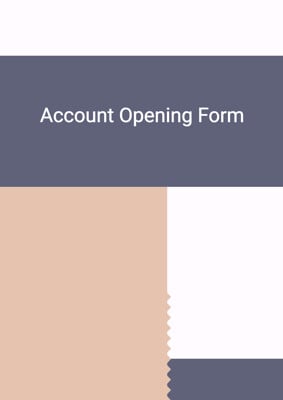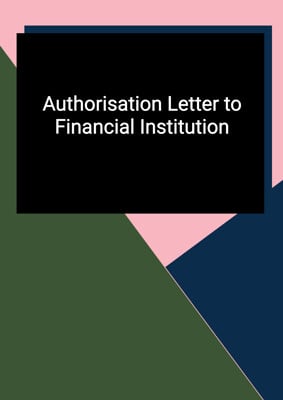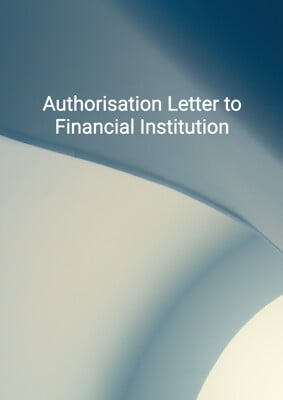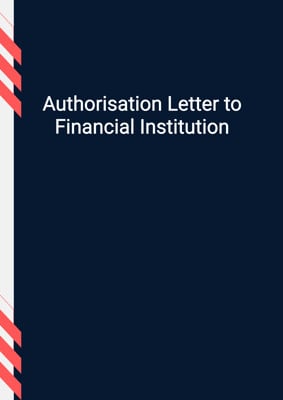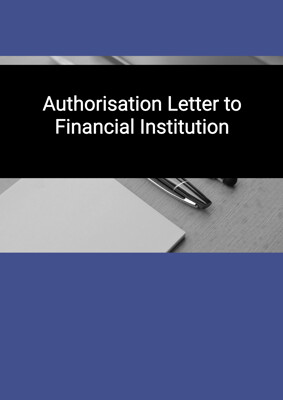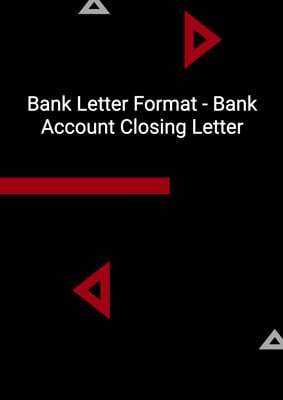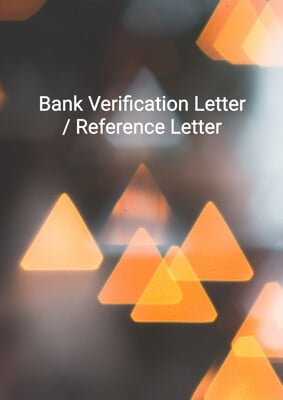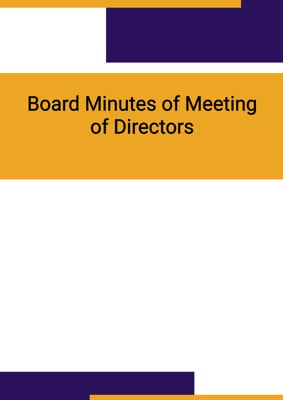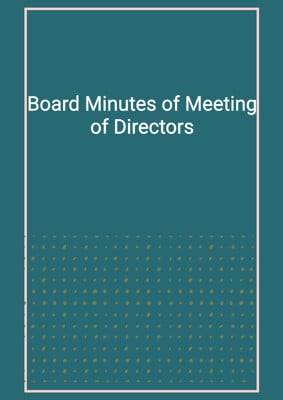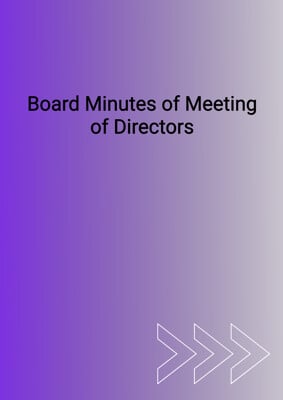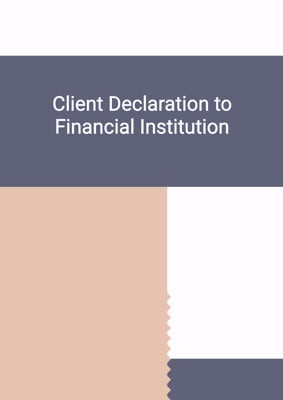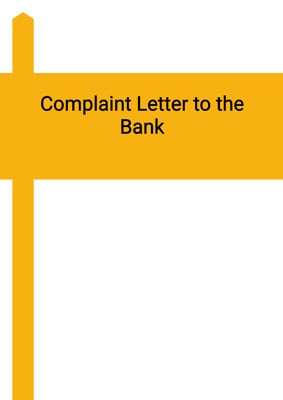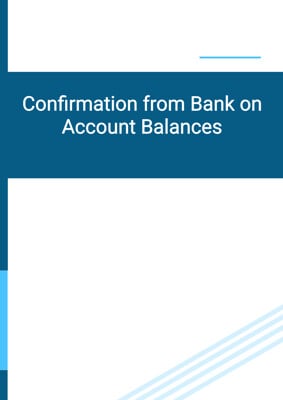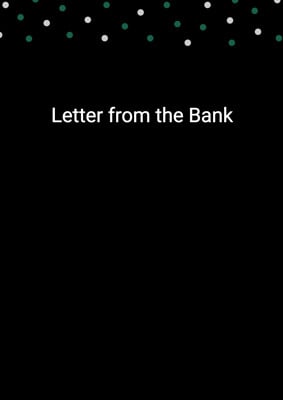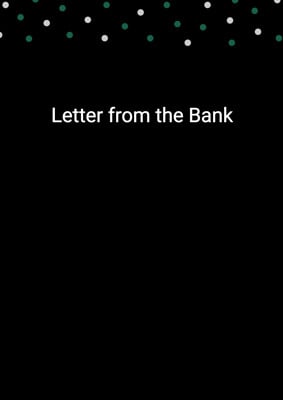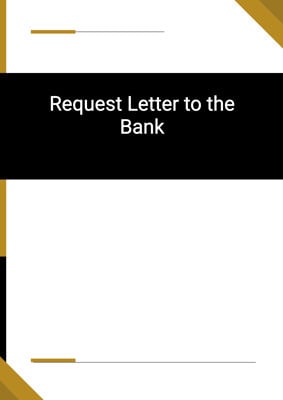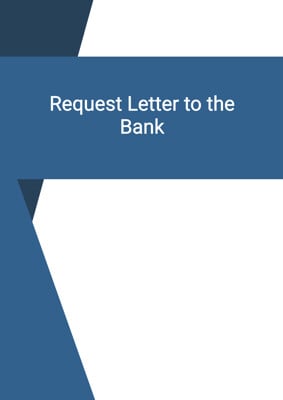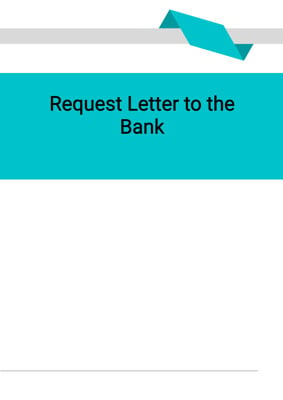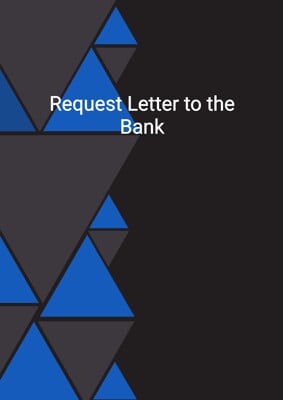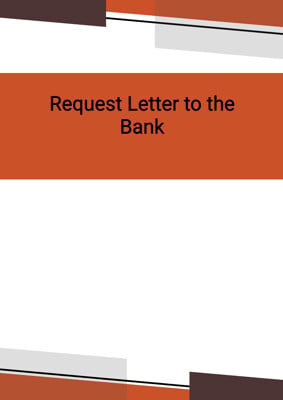How to Tailor the Document for Your Need?
01
Create Document
Click "Create Document" button and the document will be prepared with your account details automatically filled in.
02
Fill Information
Please fill in any additional information by following the step-by-step guide on the left hand side of the preview document and click the "Next" button.
03
Get Document
When you are done, click the "Get Document" button and you can download the document in Word or PDF format.
04
Review Document
Please review the document carefully and make any final modifications to ensure that the details are correct before sending to the addressee.
Document Preview
Document Description
The document titled 'Letter from the Bank' is an important communication from a bank to one of its account holders. The purpose of this letter is to address the issue of the account being overdrawn and to request the account holder to arrange for the necessary credits to clear the balance as soon as possible.
The letter begins with the account holder's information, including their first name, last name, address, phone number, and email. This information is essential for identification and communication purposes. The letter is then addressed to the addressee, including their first name, last name, and address. The current date is also mentioned to provide a reference point for the communication.
The body of the letter starts with a polite greeting, addressing the addressee as Mr., Mrs., or Ms. followed by their last name. The bank acknowledges that the account has been overdrawn on multiple occasions recently and highlights the specific amount overdrawn at the close of business the previous day. The account holder is requested to arrange for the necessary credits to clear this balance as soon as possible.
The bank also mentions that overdrafts are allowed to customers only by previous arrangements and notices that the account has been running on a very small balance recently. This prompts the bank to suggest that the account holder may wish to come to some arrangements for overdraft facilities. The account holder is invited to call and discuss the matter if they are interested in such an arrangement. However, the bank also warns that in the absence of an overdraft arrangement, future cheques drawn against insufficient balances will not be honored.
The letter concludes with a polite closing, 'Yours sincerely,' followed by the sender's name. This letter serves as an important communication to address the issue of an overdrawn account and to inform the account holder about the consequences of not clearing the balance or arranging for overdraft facilities.
How to use this document?
1. Check account information: Ensure that the account holder's first name, last name, address, phone number, and email are correctly entered in the letter.
2. Address the addressee: Replace 'addresseefirst' and 'addresseelast' with the first name and last name of the addressee respectively. Also, replace 'addresseeaddress' with the addressee's address.
3. Specify the current date: Update the current date in the letter to reflect the actual date of sending the letter.
4. Request credits to clear the balance: Emphasize the importance of arranging for the necessary credits to clear the overdrawn balance as soon as possible.
5. Mention overdraft arrangements: Highlight that overdrafts are allowed only by previous arrangements and suggest that the account holder may wish to discuss the matter if interested.
6. Warn about consequences: Clearly state that future cheques drawn against insufficient balances will not be honored in the absence of an overdraft arrangement.
7. Sign off politely: Conclude the letter with a polite closing, 'Yours sincerely,' followed by the sender's name.
8. Proofread and finalize: Review the letter for any errors or inconsistencies before sending it to the addressee.
Not the right document?
Don’t worry, we have thousands of documents for you to choose from:


